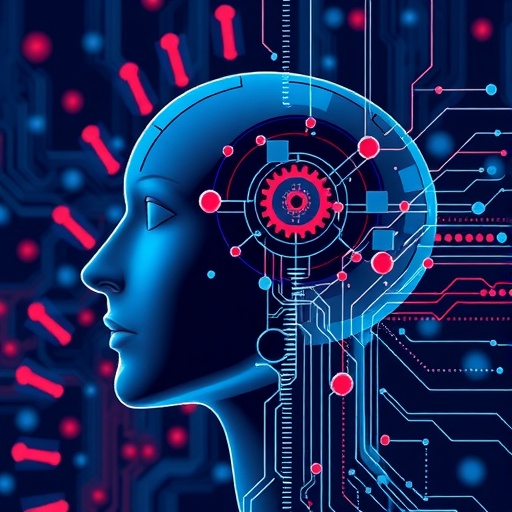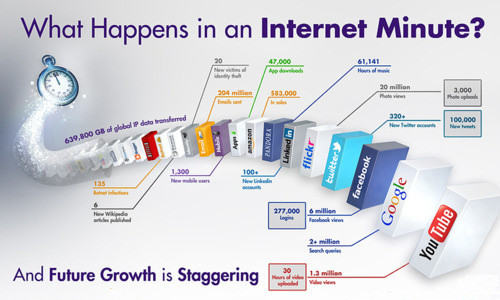Multimodal artificial intelligence (AI) has become a transformative force across various domains, harnessing the power of diverse data types to enhance understanding, predictions, and decision-making processes. Traditionally, much of the research in this area has concentrated on integrating visual and linguistic data through advanced machine learning models. While these developments are impressive, the true potential of multimodal AI lies in its ability to leverage a wider array of data types beyond just vision and language. This poses an intrinsic challenge: how to effectively deploy these multimodal systems in real-world applications where the requirements can vary significantly.
The primary challenge of deploying multimodal AI systems revolves around their adaptability and the practical constraints imposed by the environments in which they are meant to operate. Current methodologies often fail to consider deployment constraints at the inception of the model’s design, leading to projects that, despite being innovative on paper, are ultimately difficult to implement. To counteract this, researchers are advocating for a deployment-centric workflow, which emphasizes incorporating practical deployment issues early in the development process. This shift not only ensures that models are more likely to be applicable in real-world settings but also fosters a more robust and integrated approach to multimodal AI development.
One critical aspect of this deployment-centric approach is its focus on multiple levels of multimodality integration. This means that researchers must actively engage with various stakeholders, from domain experts to end-users, throughout the development cycle. Interdisciplinary collaboration is essential as it allows for diverse perspectives, which can lead to more comprehensive solutions that address complex societal challenges. Bridging gaps between fields such as healthcare, engineering, and the social sciences will broaden the applicability of multimodal AI and work towards a more ethical and effective use of these technologies.
The discussion of interdisciplinary collaboration extends to specific challenges faced by multimodal AI applications in real-world scenarios. For example, during the pandemic, there was a clear need for a robust and adaptable AI frameworks that could assess vast datasets ranging from health information to socio-economic factors. Such frameworks required collaboration across fields like epidemiology and social science to ensure they were not only technically proficient but also socially responsible and equitable. By applying a broader scope of expertise, multimodal AI solutions can become far more effective in dealing with crises, adapting in real-time to evolving conditions.
Similarly, when considering the development of self-driving cars, the integration of multiple data types—from visual recognition systems to sensor input—is imperative. The complexity of navigating autonomous vehicles through urban environments calls for a sophisticated understanding of not just technology but also human behavior, traffic patterns, and regulatory frameworks. This definitive use case underscores the importance of addressing multimodal AI beyond the traditional confines of vision and language, enhancing its ability to make real-time decisions based on an intricate blend of data sources.
Climate change adaptation serves as another pivotal context for employing multimodal AI. Here, the integration of environmental data, economic factors, and social impacts is essential for formulating effective responses. Climate models drawing on diverse sources can predict outcomes more accurately and assist in developing strategies that are not only data-driven but also socially sensitive and inclusive. This amalgamation of data types and disciplines can be enhanced through direct stakeholder engagement, ensuring that the resulting solutions are responsive to the needs of various communities impacted by climate change.
Moreover, the drive towards deploying multimodal AI necessitates a commitment to overcoming specific technical challenges associated with data integration. Synthetic data generation, which can supplement real-world datasets, plays a crucial role in creating robust models capable of handling the breadth of information required for thoughtful decision-making. Moreover, techniques such as transfer learning, where knowledge gained in one domain is applied to another, are essential for improving efficiency and reducing development time.
Furthermore, issues related to data quality and accessibility also pose significant barriers to effective deployment. Ensuring that data from different modalities is not just abundant but also of high quality is vital to building trustworthy models. Researchers must be vigilant about data biases that might skew model predictions, adversely affecting the deployment of these AI systems. Solutions must include comprehensive data cleaning processes and ongoing monitoring to ensure models remain reliable over time.
The ethical considerations surrounding multimodal AI are another aspect developers must grapple with. Deployments must consider the implications of their technologies on privacy, autonomy, and fairness, especially when impacting human lives. Engaging with ethicists and advocacy groups during the development phase can help illuminate potential pitfalls and pave the way for responsible AI solutions.
The push for a deployment-centric approach is not merely a theoretical exercise; it has palpable implications for industries that leverage AI technologies. Governments, healthcare organizations, automotive manufacturers, and environmental agencies can all benefit from enhanced collaboration and interdisciplinary practices. Through the effective use of multimodal AI frameworks, organizations can respond more dynamically to challenges and leverage data in a way that propels societal progress.
In summary, while the current landscape of multimodal AI has made great strides, there remain significant opportunities for improvement, particularly in the realms of deployment and interdisciplinary cooperation. By taking a step back and considering deployment constraints at the outset, integrating diverse data types, and engaging stakeholders across multiple fields, the AI community has a unique opportunity to transform not only their technologies but the way we utilize AI in our daily lives. The call for a broader exploration beyond just vision and language is more than a simple suggestion; it is a vital step toward ensuring that AI serves as a tool for constructive change in society.
The development of a deployment-centric multimodal AI emphasizes the necessity of not just innovation in models but also the thoughtful consideration of how these models will function in real-world applications. As we move forward into a future where AI plays an increasingly integral role in decision-making across numerous domains, it becomes crucial to adopt strategies that not only prioritize technological advancement but also real-world applicability and societal impact.
Such a transformative approach to multimodal AI, when executed effectively, holds the promise of fostering solutions that tackle some of the most pressing challenges we face today—from public health crises to environmental sustainability. The future of AI lies in our ability to bring together diverse fields, share knowledge, and create systems that respond dynamically to the nuances of human experience.
Thus, as the research progresses, we find ourselves on the brink of a new era in AI, one that champions a holistic perspective, where the integration of various modalities serves not only to advance technology but also to nurture and enhance the intricate fabric of society.
Subject of Research: Multimodal AI, deployment constraints, interdisciplinary collaboration.
Article Title: Towards deployment-centric multimodal AI beyond vision and language.
Article References:
Liu, X., Zhang, J., Zhou, S. et al. Towards deployment-centric multimodal AI beyond vision and language.
Nat Mach Intell (2025). https://doi.org/10.1038/s42256-025-01116-5
Image Credits: AI Generated
DOI: 10.1038/s42256-025-01116-5
Keywords: Multimodal AI, deployment, interdisciplinary collaboration, data integration, healthcare, autonomous vehicles, climate change, ethical implications.
Tags: adaptability of AI systems in practiceadvanced machine learning for multimodal databeyond vision and language in AIchallenges in deploying multimodal AI systemsdeployment-centric workflow in AI developmentenhancing decision-making with multimodal AIfostering robust multimodal AI solutionsinnovative approaches to multimodal AIintegrating diverse data types in AImultimodal artificial intelligence applicationspractical constraints in AI deploymentreal-world applications of multimodal AI






